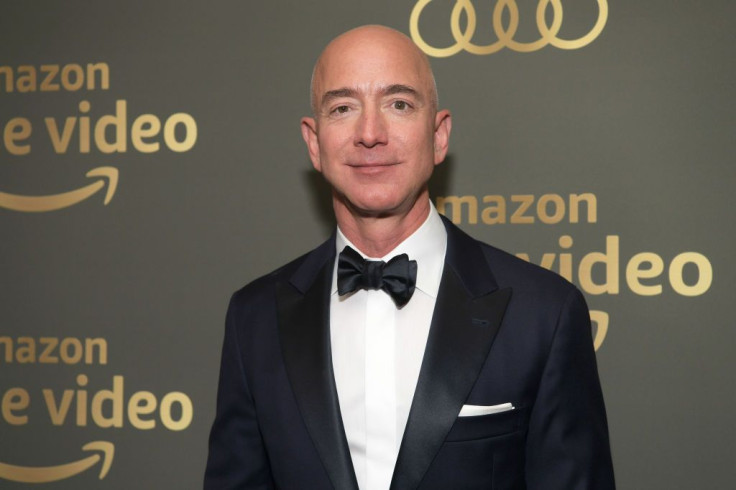The 1 Thing That Drove Amazon Prime Past 100 Million US Members

More Americans keep flocking to Amazon (NASDAQ:AMZN) Prime even as it's surpassed 100 million members. Membership in the U.S. grew about 10% year over year in 2018, reaching 101 million Amazon customers in the fourth quarter, according to a survey from Consumer Intelligence Research Partners.
That growth is actually a slight acceleration from the third quarter, which saw membership grow just 8%. But it's still below the 12% growth CIRP found earlier in the year.
Diving deeper into CIRP's survey results, it's very clear one thing is driving Prime membership more than anything else.
Monthly subscriptions
Amazon introduced monthly Prime memberships in April 2016. Subscribers could pay $10.99 per month instead of the $99 annual subscription. Amazon has since raised the price for each to $12.99 and $119, respectively.
Despite the higher cost of a monthly plan, Amazon shoppers have flocked to the payment option. Over 25% of Prime members were on the monthly plan a year after Amazon launched the option. That jumped to 36% by the end of 2018.
The higher average price of a monthly membership combined with the recent price increase for both monthly and yearly memberships means Amazon ought to see its subscription services revenue continue to climb at a rate significantly faster than overall membership growth. Indeed, subscription services continued to climb more than 50% year over year in each of the last three quarters. (That, notably, includes subscription revenue growth outside of the United States.)
Will monthly subscribers stick around?
While Amazon's monthly Prime plan has proven popular with shoppers, it may be the reason membership growth has slowed over the last couple years.
Instead of acting as yet another way to onboard new Prime members to the annual plan, the monthly membership may largely appeal to more casual-but-savvy Amazon shoppers. Customers may sign up for just a month, take advantage of Prime shipping and exclusive Prime benefits like Prime-only deals, and immediately cancel their membership.
"These more transient members obviously don't have the same commitment to Amazon shopping and the suite of Prime member services," Mike Levin, partner and co-founder of CIRP, said. "Presumably, they don't typically use the breadth of benefits to the same extent as annual members."
Higher subscriber churn among monthly members than annual members means Amazon needs to keep filling up the bucket of Prime members every month as more customers cancel their subscriptions. As a result, net additions to Prime are slowing.
But Amazon is constantly working to make Prime more appealing, even to casual shoppers. It's investing billions in Prime Video content. It's expanding Prime benefits to Whole Foods with exclusive discounts and online ordering. And it's offering all sorts of free digital media services like music streaming and free e-books and audiobooks. Amazon said more members used its digital benefits in 2017 than ever before.
Providing more ways for monthly members to find value in their Prime membership after their initial signup is key to the continued growth of the program in the U.S. That said, Amazon is doing a pretty good job of maximizing the value of Prime members for its business as it is. So even with slower membership growth and higher subscriber churn, Amazon's subscription business ought to continue showing good revenue growth.
This article originally appeared in the Motley Fool.
John Mackey, CEO of Whole Foods Market, an Amazon subsidiary, is a member of The Motley Fool's board of directors. Adam Levy owns shares of Amazon. The Motley Fool owns shares of and recommends Amazon. The Motley Fool has a disclosure policy.





















